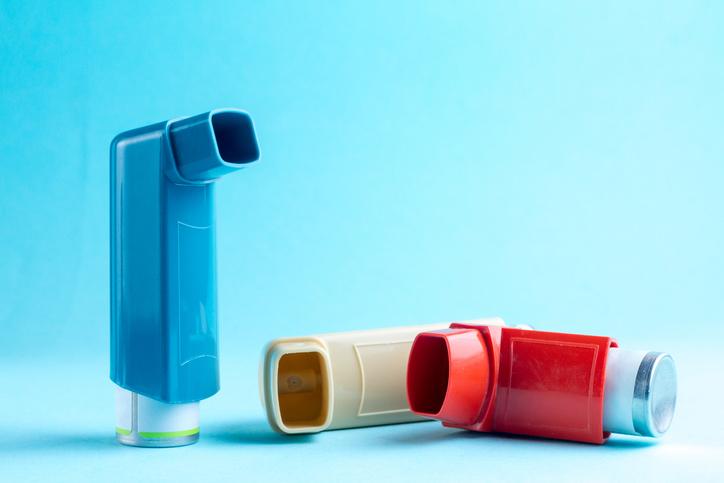
Inhaler technique in asthma and COPD
INTRODUCTION
Respiratory symptoms and disease are common health issues in the UK today. Inhaled therapy is the method of choice for the delivery of many respiratory drugs and correct technique with inhaler devices is critical to effective management.
LEARNING OBJECTIVES
On completion of this resource you should have an understanding of:
• The benefits of inhaled therapy
• The impact of poor inhaler technique
• The different types of inhaler device
• The common steps to correct inhaler technique
• The role of spacer devices
This resource, which is based on typical case scenarios, is offered at a basic and intermediate level and consists of ten assessment questions at introductory and intermediate levels to support your continuing professional development. Complete the resource to obtain a certificate to include in your revalidation portfolio. You should record the time spent on this module in your CPD log.
PRACTICE NURSE FEATURED ARTICLES
Remote control: the respiratory annual review in lockdown and beyond Beverley Bostock-Cox
Contents
Inhaler technique in asthma and COPD
Respiratory symptoms and disease are common health issues in the UK today. Inhaled therapy is the method of choice for the delivery of many respiratory drugs and correct technique with inhaler devices is critical to effective management.
However, inhaler technique is known to be suboptimal in many patients, thereby impacting on their symptom and disease control and, ultimately, their quality of life.
While estimates of the prevalence of errors in inhaler technique vary, the latest report from the Global Initiative for Asthma (GINA) states that most patients – up to 70-80% – are unable to use their inhaler correctly.1
Errors can be broadly categorised as:2
- Not preparing the device correctly
- Not loading the dose correctly
- Not emptying air from the lungs before inhalation
- Not placing the inhaler correctly in the mouth
- Incorrect inhalation/inspiratory flow rate
- Not holding the breath at all or for long enough after inhalation
Poor inhaler technique leads to poor asthma control, increased risk of exacerbations and increased adverse effects.1
Inhaler technique is an issue made complex by a number of patient- and healthcare professional-related factors. These factors are further complicated by the increasingly extensive range and variety of inhaler devices and drugs available.2
British and international guidelines recommend that patients should only be prescribed an inhaler after they have had training in the correct use of that device, and that their technique should be assessed via demonstration at every review.2,3
References
1. Global Initiative for Asthma. Global strategy for asthma management and prevention, updated 2019. https://ginasthma.org/wp-content/uploads/2019/06/GINA-2019-main-report-June-2019-wms.pdf
2. Inhaler devices, technique and errors: an overview. Practice Nurse 2019;49(09):18–24
3. British Thoracic Society/Scottish Intercollegiate Guidelines Network. British guideline on the management of asthma, 2019. https://www.sign.ac.uk/sign-158-british-guideline-on-the-management-of-asthma.html
Related modules
View all Modules